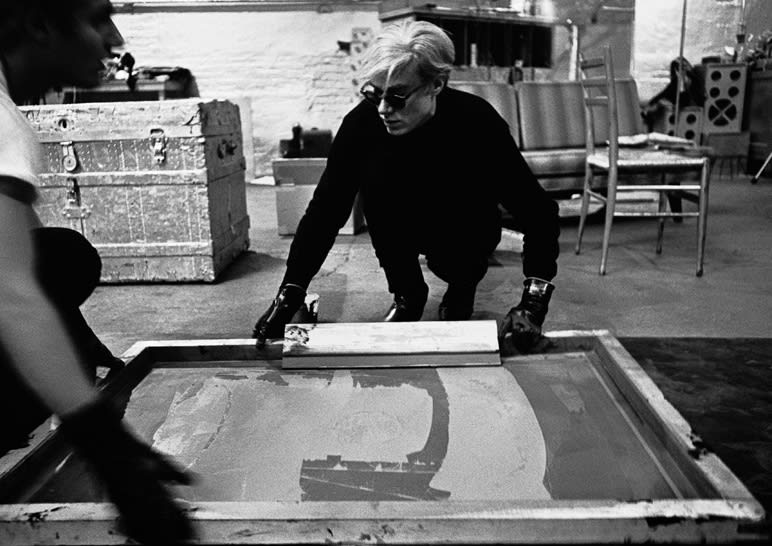
Printmaking sits at the foundation of art history. It has shaped how images are created, shared, and preserved, and remains a vital medium in contemporary art. From the intricate woodcuts of the 14th century to today’s experimental silkscreens, printmaking has evolved across cultures and centuries, developing a rich visual language rooted in repetition, reinvention, and technical mastery.
The practice gained momentum in Europe during the 15th century, when artists began producing highly detailed woodcuts and engravings. These were not copies, but rather original works intended for wide circulation, offering access to art at a time when paintings were largely reserved for the elite. The invention of the printing press in the mid-1400s marked a turning point, expanding the reach of visual culture and allowing ideas and imagery to travel farther than ever before.
By the 17th century, Dutch master Rembrandt, known for his emotionally rich oil paintings, turned to etching as a primary form of artistic expression. He experimented extensively with the technique, using it to explore light and shadow with exceptional nuance. Around the same time, Spanish artist Francisco Goya used etching and aquatint in a powerful manner. In his haunting series Los Caprichos, he captured the turmoil, absurdities, and darkness of his era with a bold and imaginative hand.
During the 20th century, printmaking had become central to the work of many of the most influential artists of the modern era. Pablo Picasso, whose career spanned an astonishing range of styles and media, embraced printmaking with intensity. “I am always doing that which I cannot do, in order that I may learn how to do it,” he said. That same spirit drove him to create more than 2,000 prints throughout his lifetime. Spanish surrealist Joan Miró often collaborated with master printers and once remarked, “Printmaking has helped me to liberate the gesture, the mark.” For both artists, printmaking was not an afterthought but a primary creative outlet.
In the hands of Pop artists like Andy Warhol and Roy Lichtenstein, printmaking took on a new life as a reflection of mass culture. Silkscreen printing, once a commercial process, became a fine art form. Warhol’s Marilyn series, with its bold color and repetition, turned familiar imagery into icons and elevated silkscreen to a central place in contemporary art.
Each printmaking technique offers its own visual language. Etching involves drawing into a wax-coated metal plate, which is then immersed in acid to incise the design. The result is a rich, deeply textured impression of the artist’s hand. Lithography uses the natural resistance between oil and water to hold a drawn image on a smooth surface. Silkscreen involves pushing ink through a mesh stencil, allowing for crisp edges, flat color, and graphic impact.
Other methods such as woodcuts and aquatints each bring their own unique history, texture, and tone. Many contemporary artists now blend these approaches, creating hybrid techniques that continue to expand the boundaries of the medium.
While prints are often seen as more accessible than unique paintings, they are by no means secondary. Works such as Hokusai’s The Great Wave, Munch’s The Scream lithograph, and Warhol’s Marilyn prints have become cultural cornerstones, in some cases surpassing paintings in both influence and value.
Today, artists including Jonas Wood, Alex Katz, David Hockney, and Yayoi Kusama continue to explore the possibilities of printmaking. Through collaborations with master printers such as Gemini G.E.L. and BORCH Editions, they treat the print as a space for experimentation, dialogue, and innovation.
Printmaking is both democratic and refined. It captures the immediacy of gesture, the depth of thought, and the evolving relationship between artist and image. Grounded in centuries of tradition, it remains one of the most enduring and forward looking forms of artistic expression.